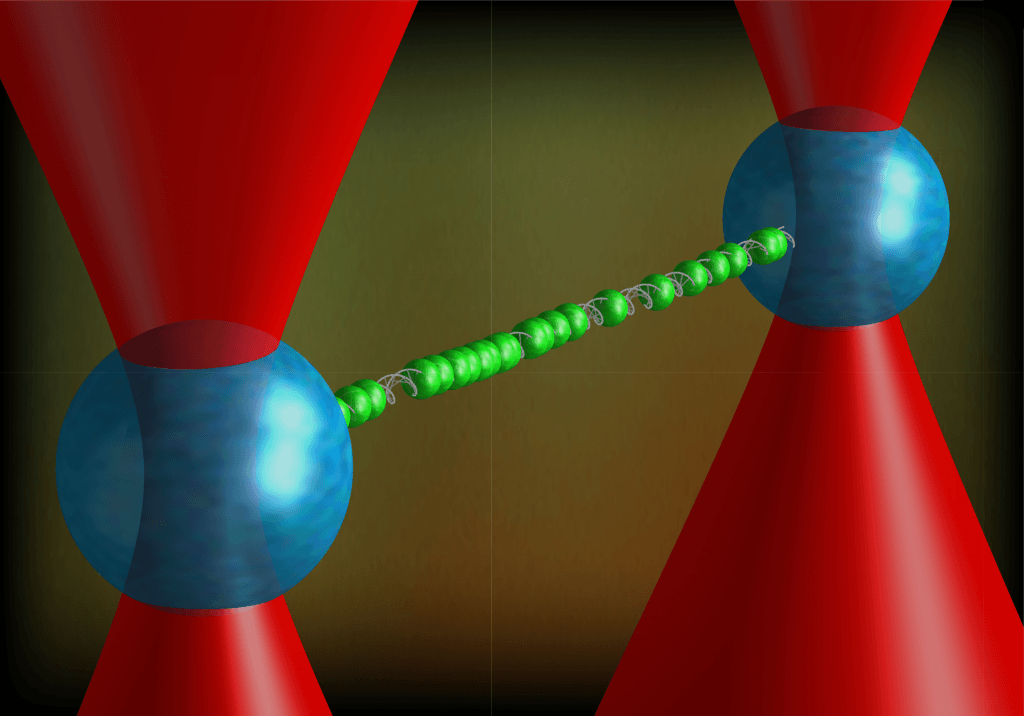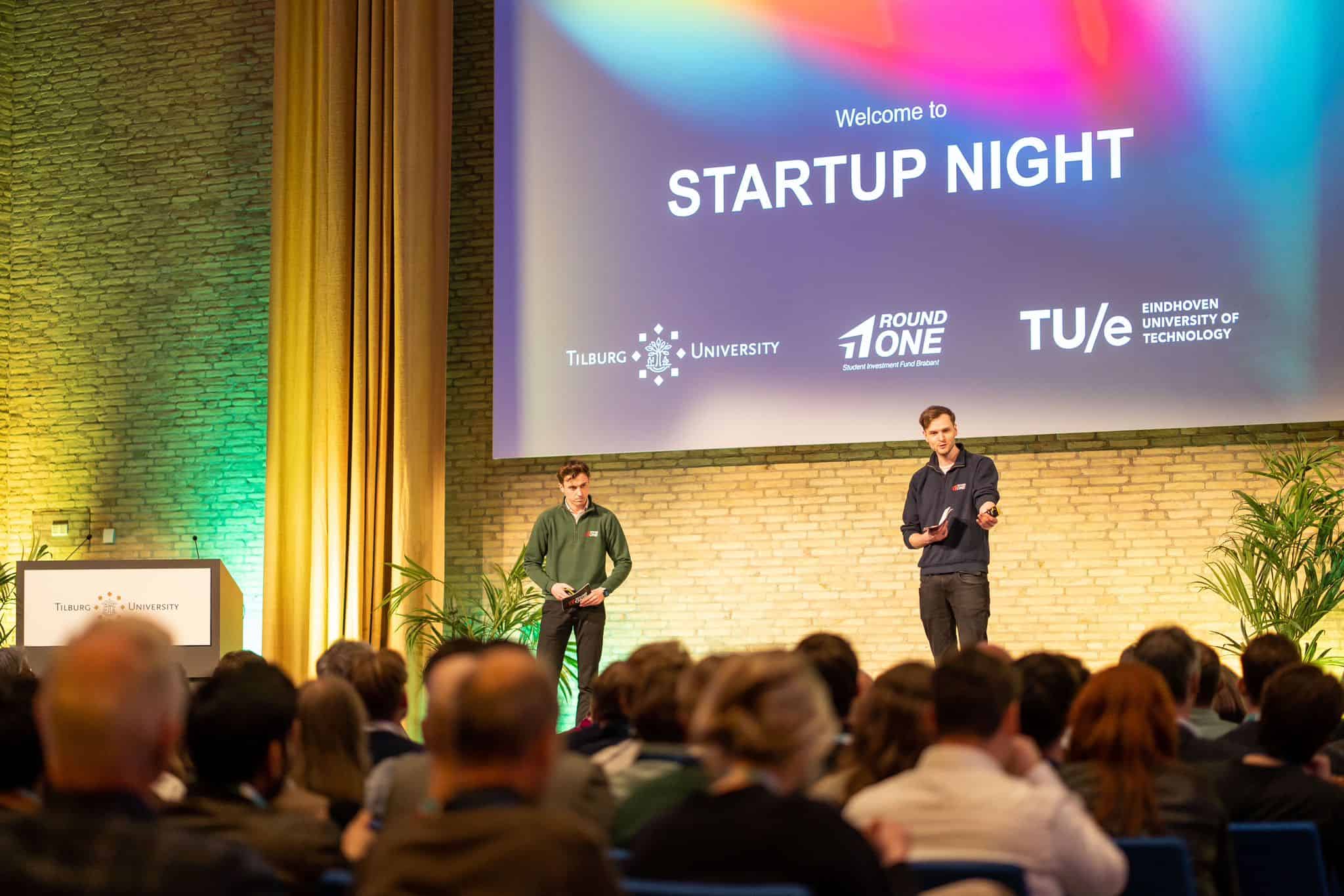
Researchers from Eindhoven University of Technology and the Vrije Universiteit Amsterdam discovered a new form of DNA. If you pull hard enough on DNA, it suddenly turns out to be able to unfold to a shape that is twice as long. They have given the name ‘hyperstretched DNA’ to this new form. Their theoretical model predicted the existence of this and an experiment provided the final proof. Today the work is published in the magazine Nature Communications.
A theoretical model of researchers from the TU/e gave the first indication of the existence of this form of DNA. At that time graduate Koen Schakenraad wanted to describe earlier measurements of DNA stretching by the VU. “We managed to do that but, to our surprise, our model also predicted another, quite unfamiliar form of DNA, a full two times longer than normal,” says Paul van der Schoot, one of the researchers at the TU/e.
Their VU Amsterdam-based colleagues went looking for this new state, hoping to confirm it in experiments by using a combination of force- and fluorescence microscopy. “It’s like having microscopic hands and eyes,” says Iddo Heller, one of the researchers from the VU Amsterdam. “You pull on a single DNA molecule, and you immediately see what is happening.” By quite literally lighting up the DNA, they were able to show that the new state actually exists. “To stretch DNA we use fluorescent molecules called intercalators that connect to the DNA between the basepairs,” explains Heller. “These molecules light up under the microscope. So, in the normal state of the DNA without intercalators, the image is dark. The more the DNA stretches and the more intercalators become attached, the more the image lights up. In the end, a doubling of the light intensity provided the evidence for the new state that we were looking for.”
Whether the double length-DNA is actually present in the cell is uncertain. “But the discovery may well be able to provide more clarity on how DNA actually stretches in the cell nucleus – plenty of questions still remain about this,” says Van der Schoot. The results may also prove relevant to the relatively new field of ‘DNA origami’, “where researchers ‘tinker’ with DNA on the basis of its mechanical properties, for example, to make new materials,” says Heller.
Van der Schoot believes that this discovery once again highlights the importance of fundamental research. “Almost all applied research has a fundamental component. In this case, it was the theory that prompted this discovery.” Heller speaks of “one of the most enjoyable collaborations between theoretical and experimental physicists. It completes the circle,” he says. “It began with an observation, which was followed by a theory. That theory made predictions that we were subsequently able to confirm through an observation.”
Photo: Iddo Heller








